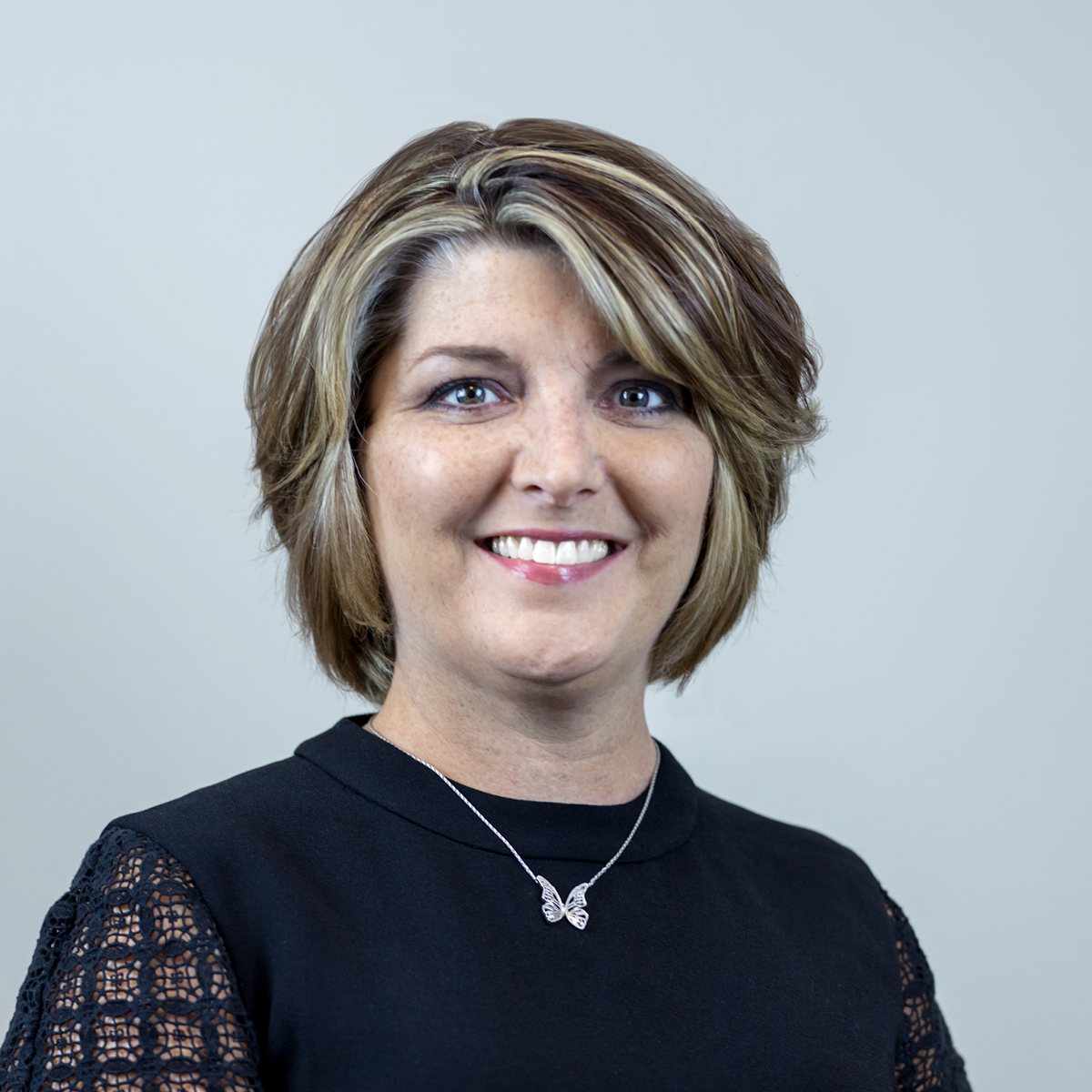
Nicole Harr
Our Director of Community Engagement and PKD patient, Nicole Harr, weighs in with her experience with hypertension and best practices for managing blood pressure:
“Blood pressure is a measurement of the force of the blood as it flows through the body. The pressure depends on the amount of blood and fluid in the body, the amount of blood the heart pumps each second (cardiac output) and the degree in which blood vessels are constricted or enlarged. This is similar to the force it takes to get water through a garden hose. The pressure depends on how much water is going through the faucet and how narrow the hose is.
High blood pressure, also known as hypertension, affects about 60 to 70 percent of PKD patients and begins early in the course of the disease. Many times, the increase in blood pressure is the first sign of PKD.
If not treated, hypertension causes further damage to the kidneys, enlarges and thickens the heart muscle, and increases the risk for strokes and other cardiovascular events.” – PKD Patient Handbook
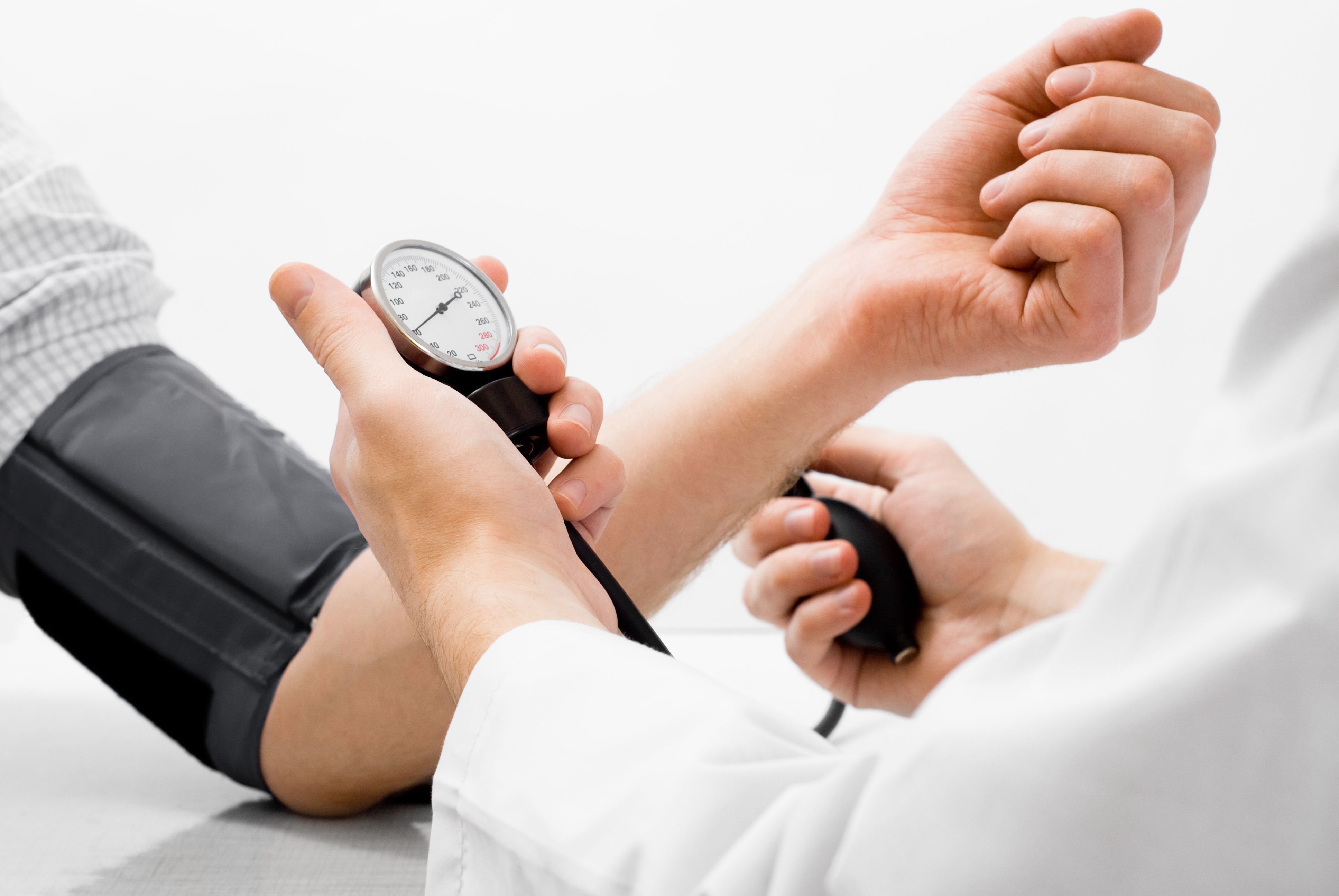 When I was diagnosed with PKD, one of the first conversations I remember having with my nephrologist was how we need to work together to manage hypertension. At that time, my blood pressure was “slightly higher than normal.” My nephrologist wanted to prescribe medication and I wanted to lower my blood pressure by adjusting my diet and increasing my exercise routine. At that time, I was just starting to learn about PKD and the thought of taking a daily blood pressure medication every day was daunting.
When I was diagnosed with PKD, one of the first conversations I remember having with my nephrologist was how we need to work together to manage hypertension. At that time, my blood pressure was “slightly higher than normal.” My nephrologist wanted to prescribe medication and I wanted to lower my blood pressure by adjusting my diet and increasing my exercise routine. At that time, I was just starting to learn about PKD and the thought of taking a daily blood pressure medication every day was daunting.
When I think back to the first year following my diagnosis, there was so much new information to get used to. Since then, I have learned how important aggressive blood pressure control is and how managing blood pressure protects my kidneys and my heart. The medications I use to keep my blood pressure under control are part of my daily routine and I also keep a close eye on blood pressure readings to make sure I am keeping my blood pressure within the range my nephrologist has recommended. I have learned that it is not enough to rely on the readings that are taken when I visit my doctors—I need to know that my blood pressures are consistent and within the recommended range while I am at home and participating in normal everyday activities, too.
Here are a few tips that have helped me to manage blood pressure and stay as healthy as possible:
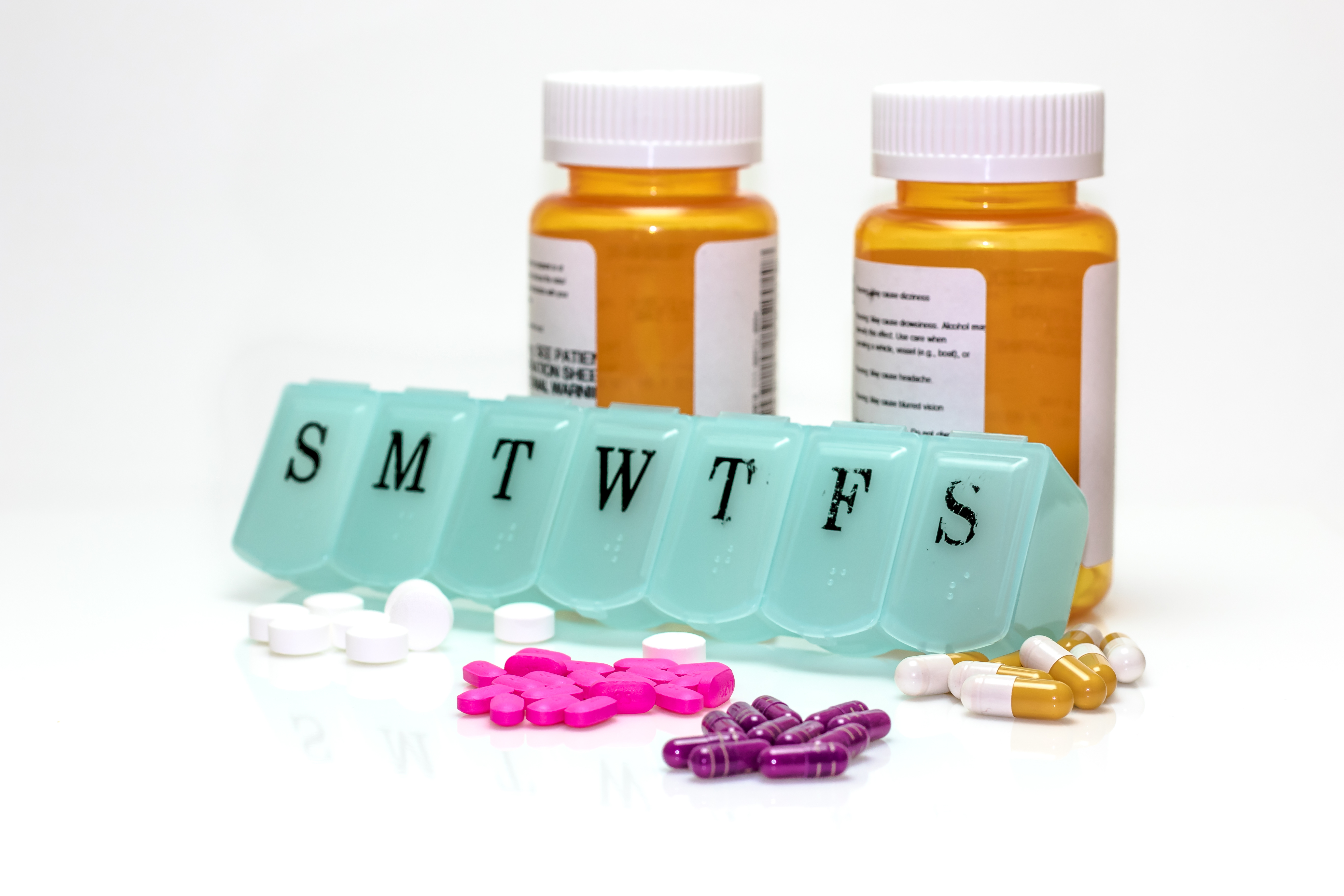 Each week, I sort all my medications into a pill box divided by the day. This saves me time each morning!
Each week, I sort all my medications into a pill box divided by the day. This saves me time each morning!- I keep my pill box in the kitchen so it is easy to grab, take my pills and run out the door… literally!
- I have a blood pressure cuff at home so I can take my blood pressure regularly.
- Out of sight is out of mind, so about one week each month, I get my blood pressure cuff out and keep it on the table in my family room. This reminds me to sit down for a few minutes and get a reading.
- I keep a note pad and pen with my blood pressure cuff to record readings.
- There are great apps available that track blood pressure and let you email your physician a spreadsheet of blood pressure readings from the app. Do a search on your phone and check out your options.
- When I visit my doctor, I always ask what my blood pressure reading is. Every now and then, I take my own blood pressure cuff with me so that we can make sure I am getting accurate readings at home.
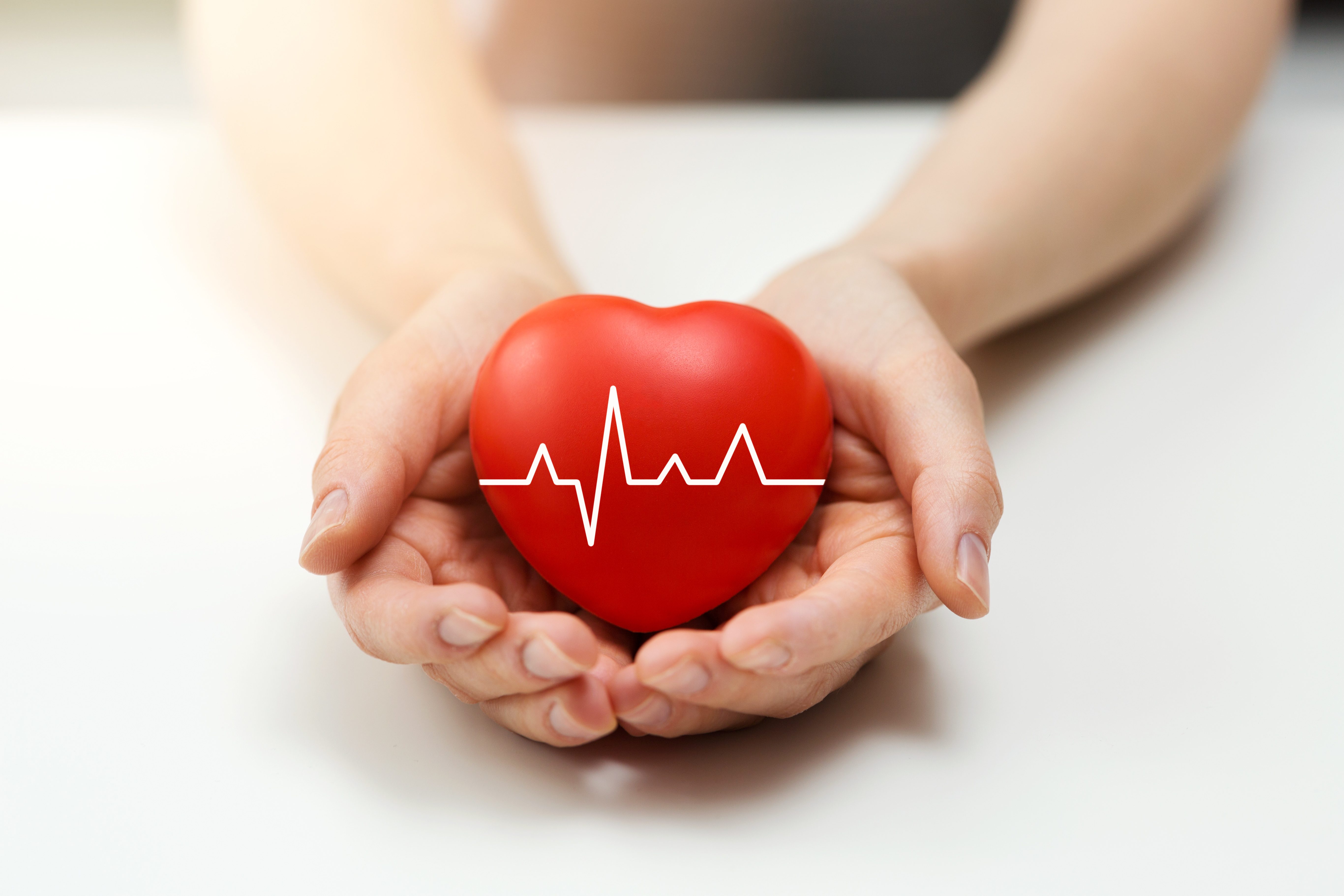
Next time you visit your doctor, make sure to ask about your blood pressure and discuss important life-style changes such as weight loss, exercise and a low sodium diet to help manage blood pressure.
What are your tips for staying on top of blood pressure management?
You can find more information on health tips and living with PKD in our PKD Patient Handbook! Request your copy today.





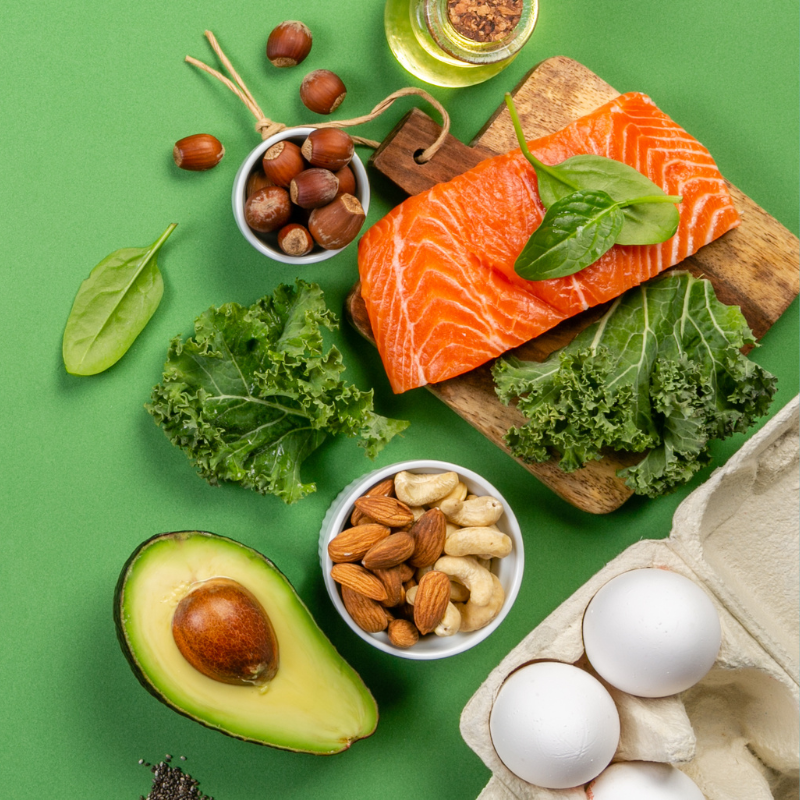
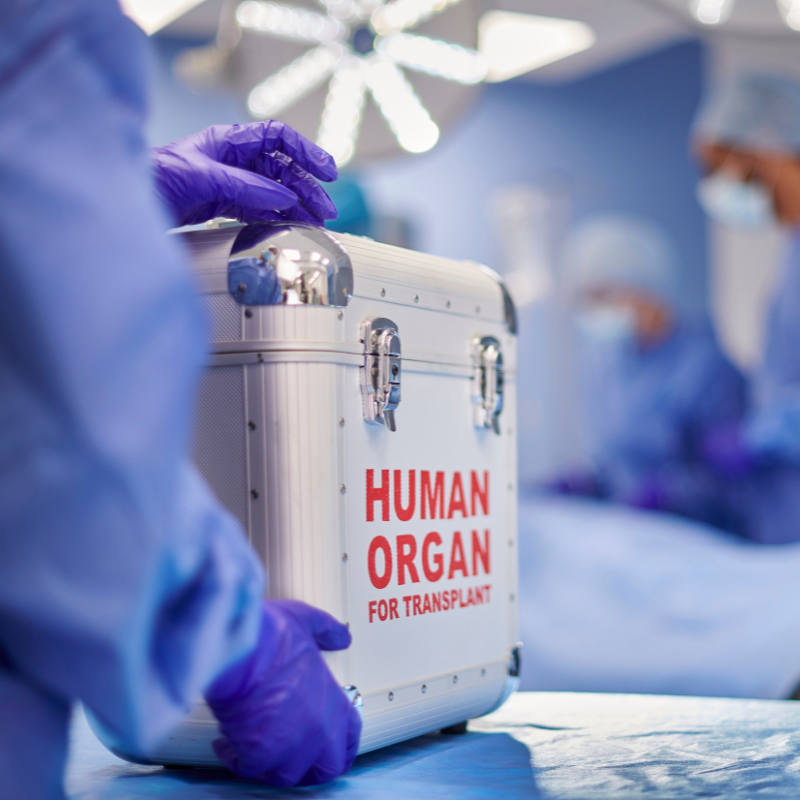


These are all great suggestions! I’ve found over the years, that my husband’s BP has varied and he’s had many changes to medications. Having an app to keep track of all medications and dosages has really helped us, when we’re rushing out the door to appointments and forget to take our lists!